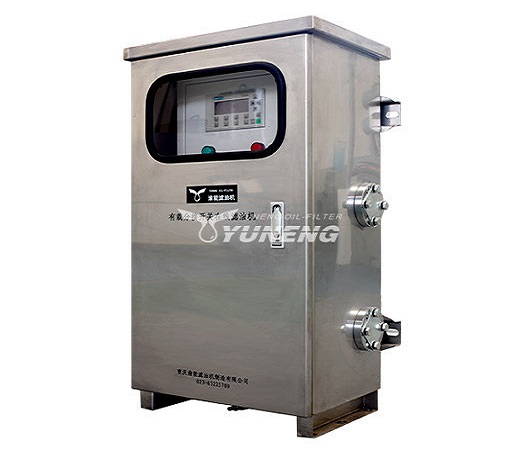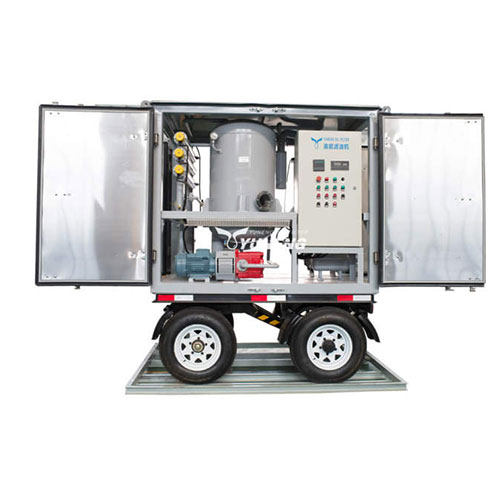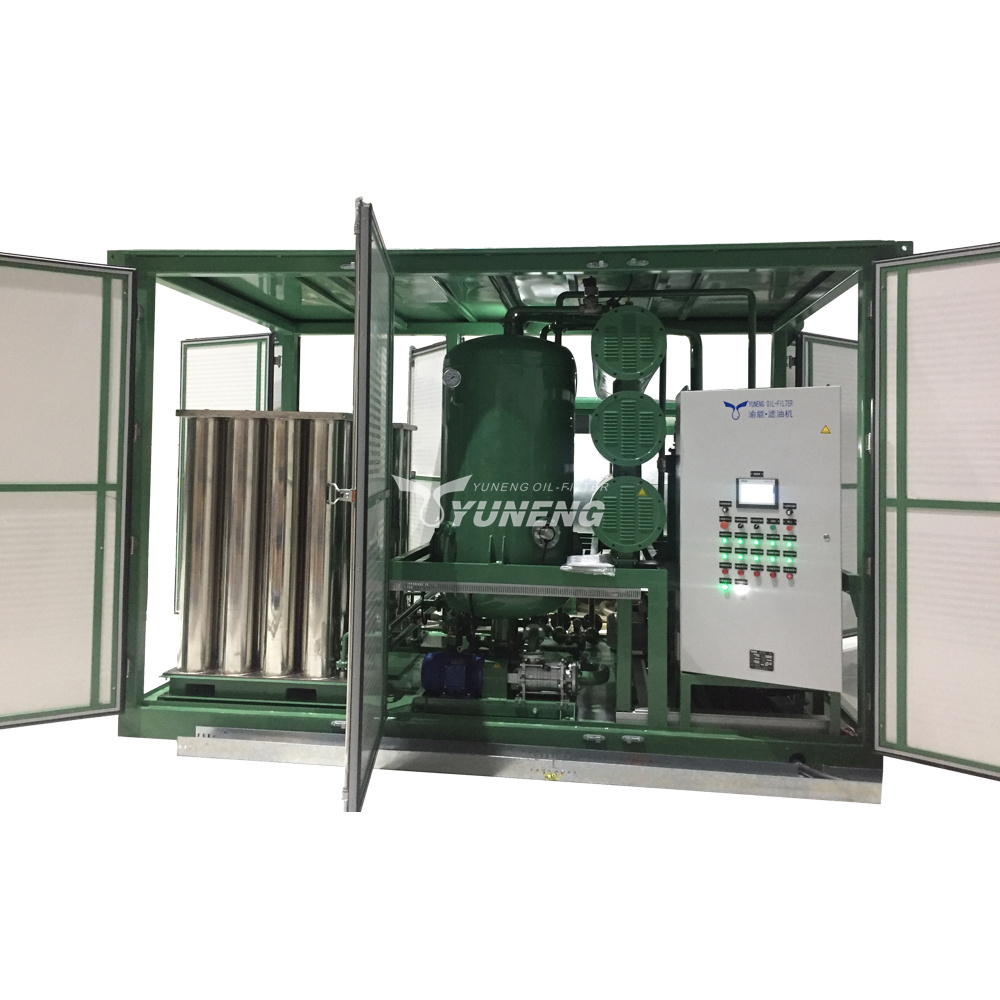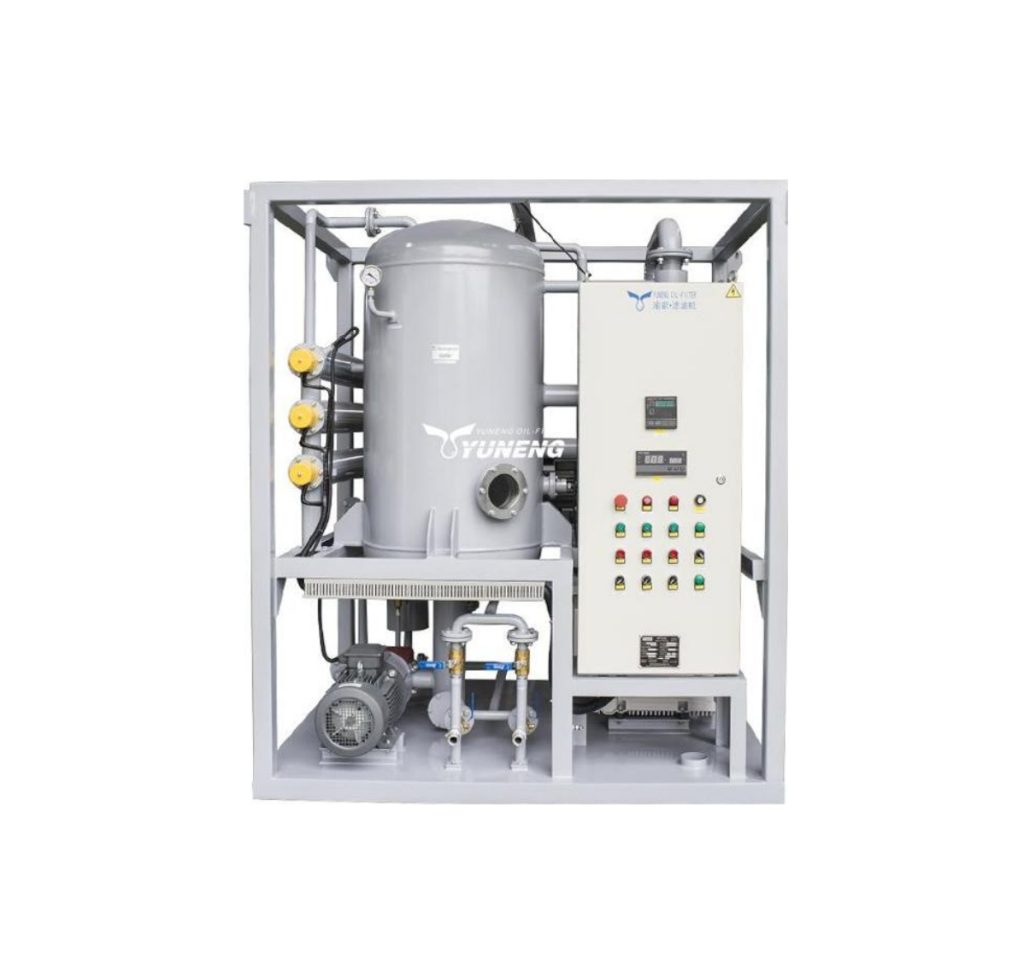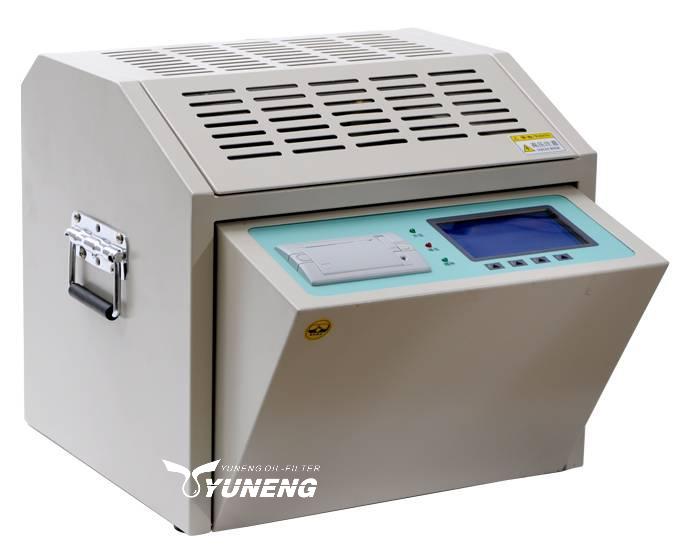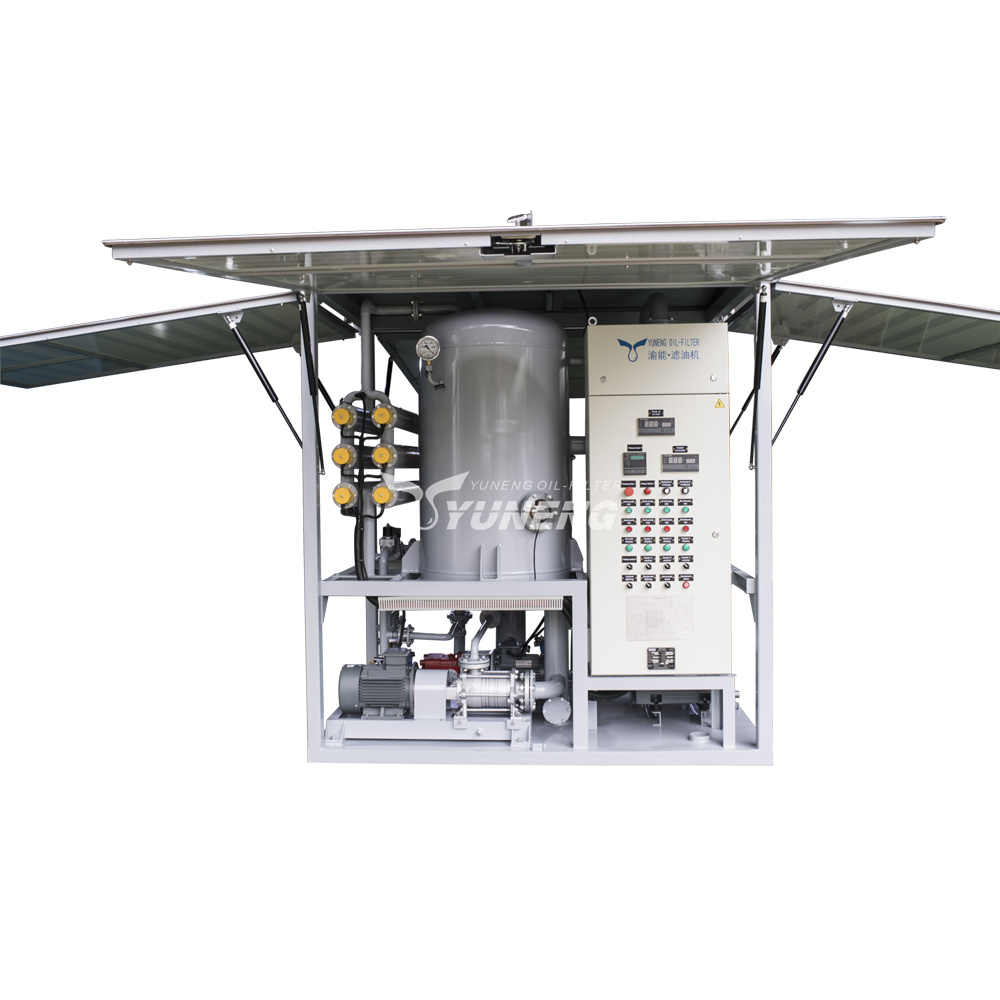Transformer Oil Purification with Vacuum Dehydration: Maintaining Efficiency in Power Distribution
Regular maintenance is crucial for ensuring the health and longevity of transformer oil. One of the most effective maintenance techniques is transformer oil purification with vacuum dehydration. This article delves into the world of vacuum dehydration oil purification systems, exploring their principles, the machinery behind them, and their applications in maintaining the health of transformers. By understanding this process and the role of vacuum oil purifiers, we can ensure the continued smooth operation of our power grid.
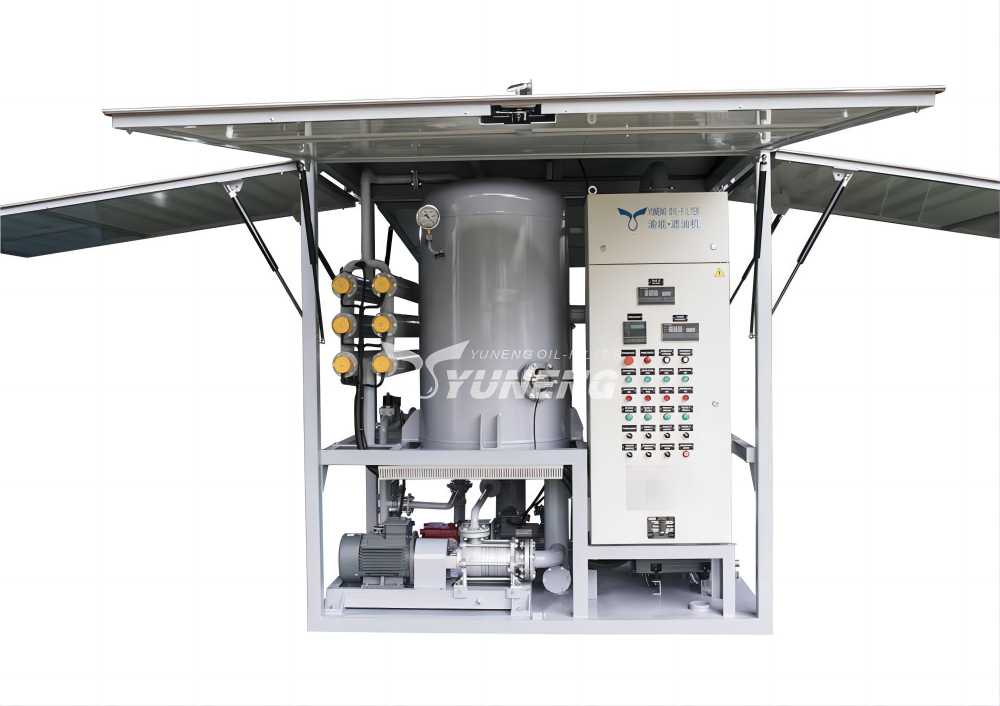
What is Vacuum Dehydration?
Vacuum dehydration is a process that removes moisture (water) from transformer oil. Water ingress can occur through various means, including condensation from temperature fluctuations, leaks in the transformer housing, or even from the oil itself if it absorbs moisture from the surrounding environment. The presence of water in transformer oil is detrimental because it reduces its dielectric strength – the ability to resist electrical breakdown.
Here’s a simplified explanation of how vacuum dehydration works: Imagine a sealed container filled with oil containing dissolved water molecules. When a vacuum pump creates a low-pressure environment inside the container, the boiling point of the water within the oil decreases. This decrease in boiling point allows the water molecules to escape from the oil and transition into vapor. The vacuum pump then removes this water vapor from the container, effectively dehydrating the oil.
Benefits of Vacuum Dehydration for Transformer Oil Purification
Compared to other oil purification methods, vacuum dehydration offers several advantages:
- Superior Moisture Removal: Traditional filtration methods may struggle to remove dissolved water efficiently. Vacuum dehydration, with its ability to lower the boiling point of water, removes both free and dissolved water from the oil, achieving a much drier state.
- Preserve Additives: Some transformer oils contain additives that enhance their insulating properties. Traditional filtration methods often involve high temperatures, which can damage these additives. Vacuum dehydration operates at lower temperatures, minimizing the risk of additive degradation.
- Improved Dielectric Strength: By removing moisture, vacuum dehydration significantly improves the oil’s dielectric strength, reducing the risk of electrical breakdowns within the transformer.
- Extends Transformer Life: Regular use of vacuum dehydration helps maintain transformer oil quality, ultimately extending the lifespan of the transformer itself.
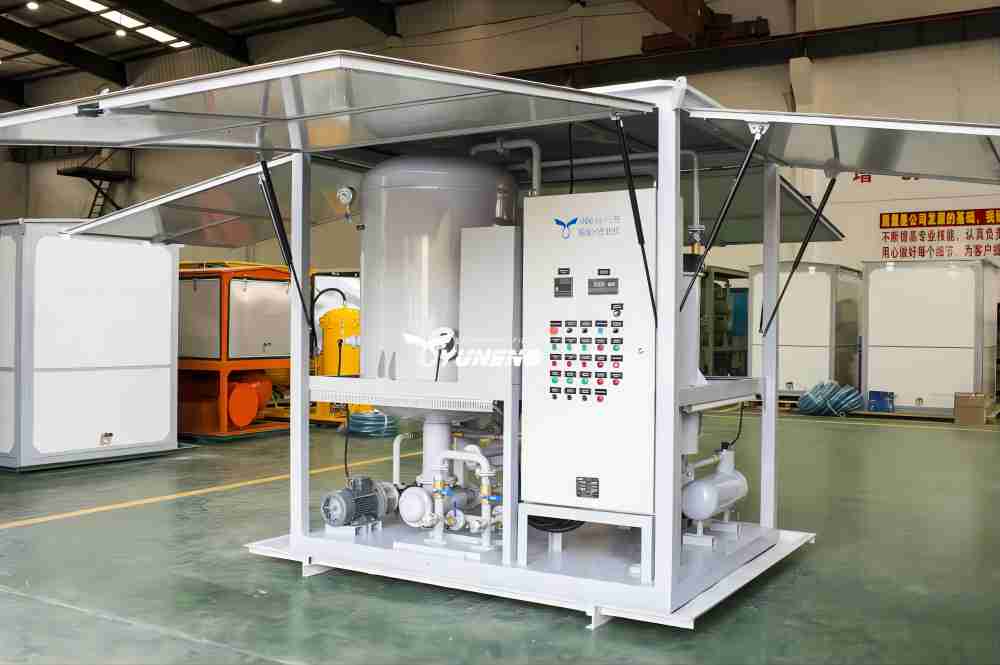
The Inner Workings of Vacuum Oil Purifiers
Vacuum oil purifiers are the workhorses of transformer oil dehydration, meticulously removing contaminants and restoring the oil’s quality through a multi-stage process. These machines function by harnessing the power of several key components, each playing a vital role in the revitalization of transformer oil.
1. Vacuum Pumps: At the heart of a vacuum oil purifier lies the vacuum pump. This essential component is responsible for creating a low-pressure environment within a sealed chamber, often referred to as the dehydration chamber. This decrease in pressure plays a crucial role in the dehydration process. By lowering the pressure within the chamber, the boiling point of water molecules suspended in the oil is effectively reduced. This phenomenon allows these water molecules to readily evaporate at a lower temperature, facilitating their removal from the oil.
2. Heating Elements: While the vacuum pump sets the stage, the heating elements within the purifier take center stage in accelerating the dehydration process. These elements precisely heat the transformer oil to a predetermined temperature. This targeted heating serves two primary purposes. Firstly, it further lowers the boiling point of water molecules within the oil, amplifying the effect of the vacuum and promoting more efficient evaporation. Secondly, the elevated temperature enhances the mobility of oil molecules, allowing them to flow more freely and come into greater contact with the vacuum environment, facilitating the removal of dissolved gases trapped within the oil.
3. Filtration System: Although vacuum dehydration removes a significant amount of moisture from the oil, a secondary filtration stage is often incorporated into the process. This stage typically employs cellulose filters or other specialized filtration media. The oil, having undergone dehydration, is passed through these filters, which capture any remaining particulate contaminants like dust, metal particles, or degradation byproducts that may be present in the oil. These contaminants, if left unchecked, could compromise the insulating properties of the oil and potentially lead to transformer malfunctions. The filtration stage serves as a final polishing step, ensuring the revitalized transformer oil is exceptionally clean and free of impurities.
Yuneng, a leading name in oil purification equipment, offers a comprehensive range of vacuum oil purifier machines. These machines cater to diverse needs, accommodating varying oil capacities for transformers of different sizes. In addition to the core components mentioned above, Yuneng’s purifiers often boast a variety of advanced features designed to streamline the process and enhance user experience:
- Automatic Controls: These intelligent systems automatically regulate factors like vacuum pressure, heating element temperature, and treatment duration, ensuring optimal performance and consistent results.
- Digital Displays: Real-time data on key parameters like moisture content, oil temperature, and vacuum level is displayed on user-friendly digital interfaces, allowing for continuous monitoring and informed decision-making.
- Automatic Foam Elimination: During the dehydration process, foaming can occur due to the presence of air or gas. Yuneng’s purifiers may incorporate automatic foam elimination systems that efficiently manage this phenomenon, minimizing downtime associated with manual foam removal.
By combining these core components and advanced features, Yuneng’s vacuum oil purifiers provide a comprehensive solution for transformer oil restoration, ensuring the continued health and efficiency of transformers for years to come.
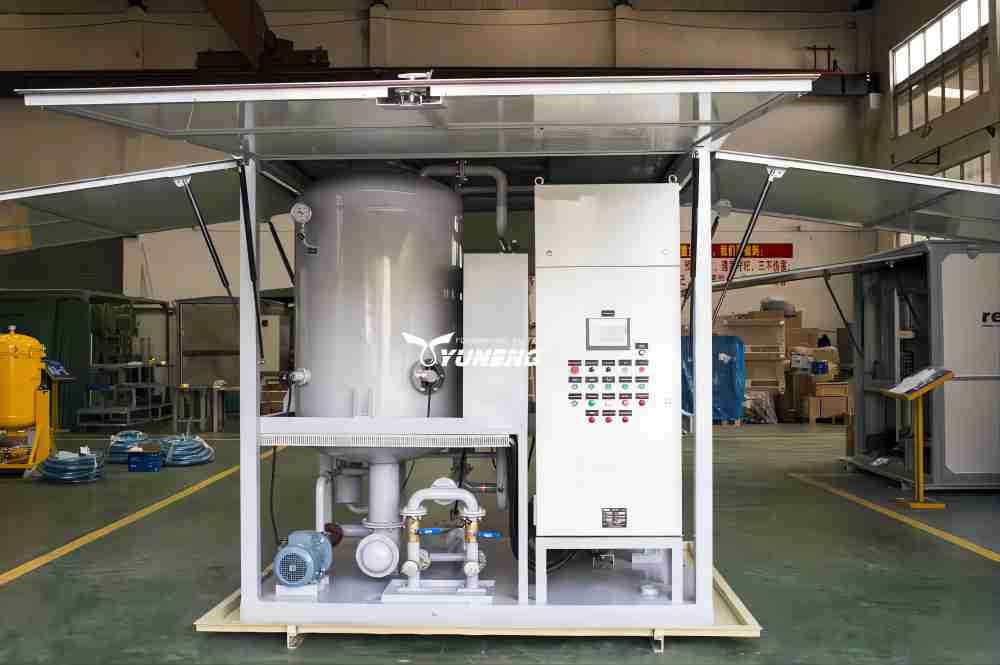
Types of Vacuum Oil Purifiers
Vacuum oil purifiers come in various configurations to cater to different needs. Common types include:
- Portable Vacuum Oil Purifiers: These compact and lightweight units are ideal for on-site maintenance of smaller transformers. They offer good mobility and are suitable for routine oil treatment.
- Industrial Vacuum Oil Purifiers: Designed for larger transformers and higher oil capacities, these industrial units offer higher flow rates and more robust processing capabilities. They are typically used in large-scale power distribution facilities and industrial settings.
Applications of Vacuum Oil Purifiers
Vacuum oil purifiers are used in various applications where maintaining transformer oil quality is critical. Here are some prominent examples:
- Routine Transformer Maintenance: Regular oil dehydration with a vacuum oil purifier is a standard practice to maintain optimal transformer performance and prevent future problems.
- Rehabilitation of Used Transformer Oil: When transformer oil becomes contaminated or degraded due to extended use, vacuum dehydration can effectively remove moisture and impurities, potentially restoring the oil to a usable condition. This can be a cost-effective alternative to replacing the oil entirely.
- Emergency Dehydration: In situations where a transformer experiences a sudden influx of moisture, such as a leak in the housing, vacuum dehydration can be used to quickly remove the moisture and prevent a potential breakdown.
Choosing the Right Vacuum Oil Purifier
Selecting the appropriate vacuum oil purifier requires considering several factors:
- Oil Capacity: The machine’s capacity should be sufficient to handle the volume of oil typically used in your transformers.
- Flow Rate: The desired speed of oil processing is crucial. Higher flow rates are ideal for larger transformers or situations requiring rapid dehydration.
- Dehydration Performance: Consider the level of moisture removal required. Some purifiers achieve lower final moisture content levels compared to others.
- Additional Features: Many vacuum oil purifiers offer additional functionalities, such as:
- Automatic Foam Elimination: During the dehydration process, foaming can occur. Units with automatic foam elimination systems minimize downtime associated with manual foam management.
- Online Dehydration: These systems allow for oil treatment while the transformer remains in operation, reducing downtime for maintenance.
- Automatic Controls and Monitoring: Advanced units offer automated controls for temperature regulation, vacuum levels, and treatment duration. They may also include real-time monitoring of key parameters like moisture content and oil quality.
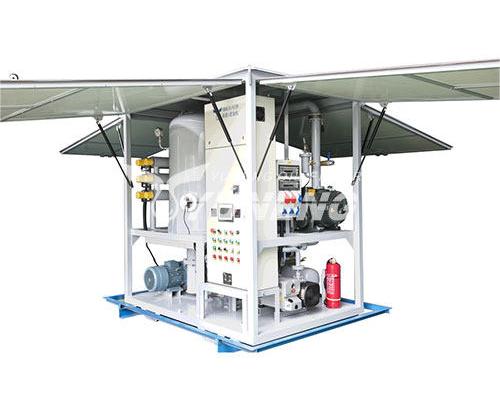
Conclusion
Maintaining the health of transformer oil is essential for ensuring reliable power distribution. Vacuum dehydration stands out as a highly effective method for removing moisture and impurities from transformer oil. By utilizing vacuum oil purifiers, electrical utilities, and industrial facilities can significantly extend the lifespan of their transformers, minimize the risk of outages, and ultimately ensure the consistent and efficient delivery of electricity.
Regular vacuum dehydration, coupled with other preventative maintenance practices, safeguards the integrity of transformers and contributes to a stable and reliable power grid. By investing in this technology, organizations can ensure the smooth flow of electricity to homes, businesses, and critical infrastructure.

